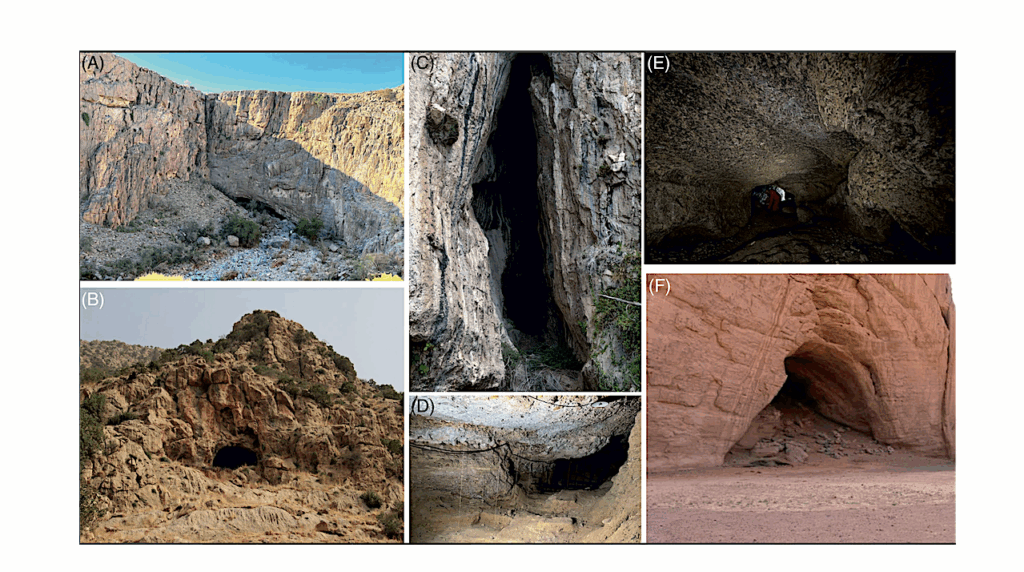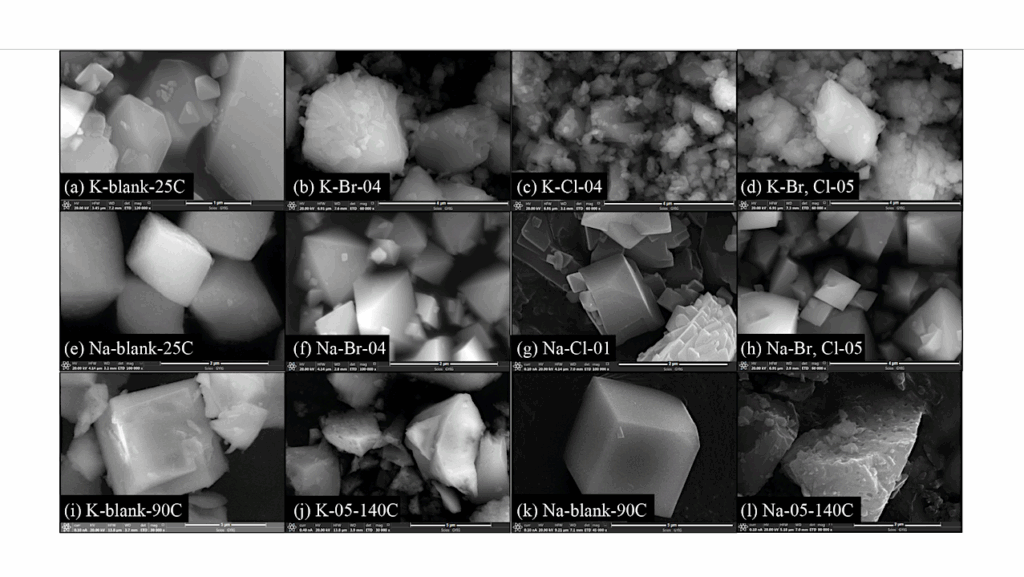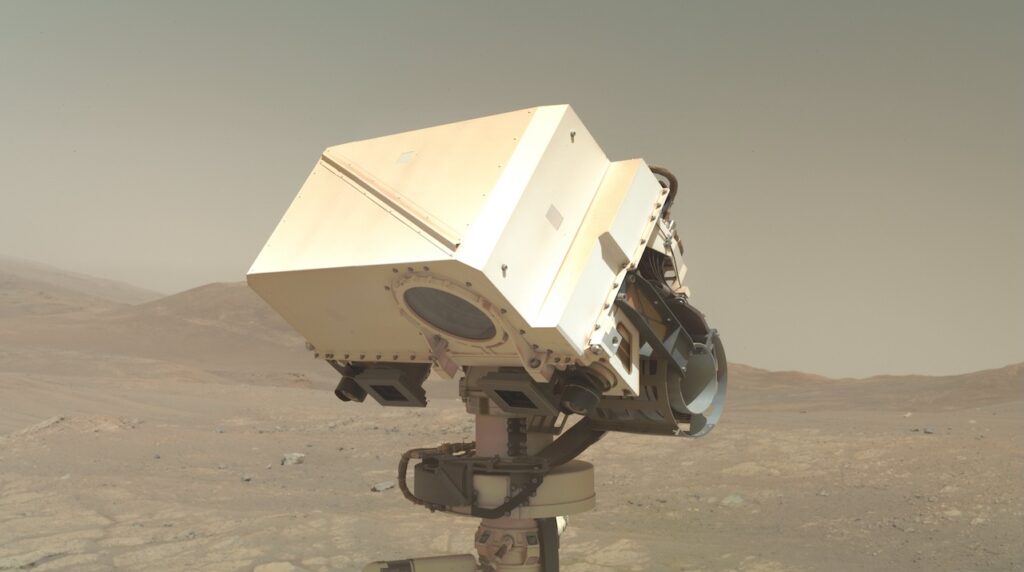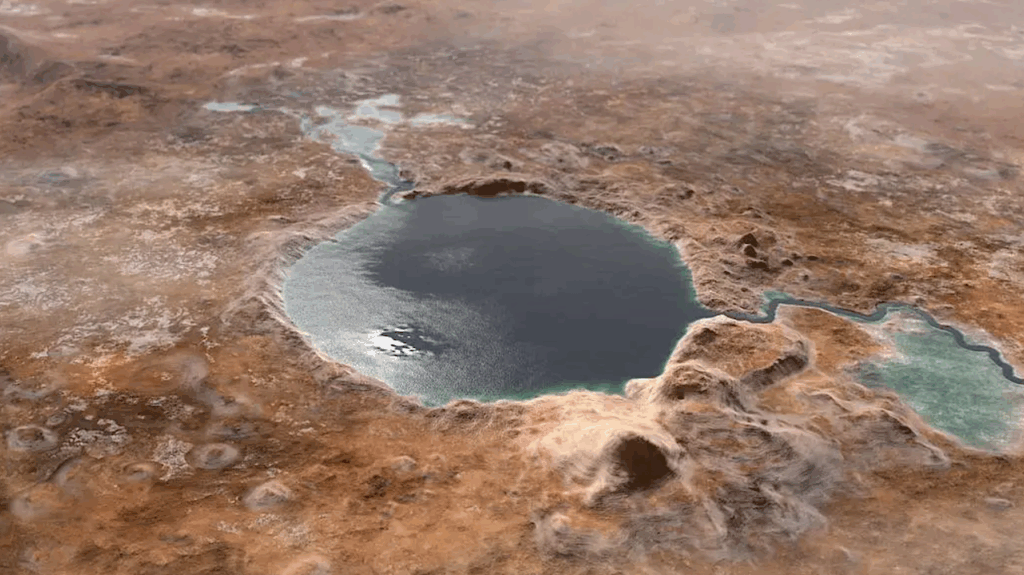A Coupled Model Of Episodic Warming, Oxidation And Geochemical Transitions On Early Mars

Reconciling the geology of Mars with models of atmospheric evolution remains a major challenge.
Martian geology is characterized by past evidence for episodic surface liquid water, and geochemistry indicating a slow and intermittent transition from wetter to drier and more oxidizing surface conditions. Here we present a new model incorporating randomized injection of reducing greenhouse gases and oxidation due to hydrogen escape, to investigate the conditions responsible for these diverse observations. We find that Mars could have transitioned repeatedly from reducing (H2-rich) to oxidizing (O2-rich) atmospheric conditions in its early history.
Our model predicts a generally cold early Mars, with mean annual temperatures below 240 K. If peak reducing gas release rates and background CO2 levels are high enough, it nonetheless exhibits episodic warm intervals sufficient to degrade crater walls, form valley networks and create other fluvial/lacustrine features. Our model also predicts transient buildup of atmospheric O2, which can help explain the occurrence of oxidized mineral species such as manganese oxides at Gale Crater.
We suggest that the apparent Noachian–Hesperian transition from phyllosilicate deposition to sulfate deposition around 3.5 billion years ago can be explained as a combined outcome of increasing planetary oxidation, decreasing groundwater availability and a waning bolide impactor flux, which dramatically slowed the remobilization and thermochemical destruction of surface sulfates. Ultimately, rapid and repeated variations in Mars’ early climate and surface chemistry would have presented both challenges and opportunities for any emergent microbial life.
Robin Wordsworth, Andrew H. Knoll, Joel Hurowitz, Mark Baum, Bethany L. Ehlmann, James W. Head, Kathryn Steakley
Comments: Published March 8 2021 in Nature Geoscience
Subjects: Earth and Planetary Astrophysics (astro-ph.EP); Atmospheric and Oceanic Physics (physics.ao-ph); Geophysics (physics.geo-ph)
Journal reference: Nature Geoscience 14, 127-132 (2021)
DOI: 10.1038/s41561-021-00701-8
Cite as: arXiv:2103.06736 [astro-ph.EP] (or arXiv:2103.06736v1 [astro-ph.EP] for this version)
Submission history
From: Robin Wordsworth
[v1] Thu, 11 Mar 2021 15:35:53 UTC (1,567 KB)
https://arxiv.org/abs/2103.06736
Astrobiology








